The old town of Suwannakomkham is located at the westernmost point of Laos, which is about 40 kilometers west of Huai Xai, Bu Keo province, by air or 60 kilometers by water, in the boundary of Don Thad Village, Ton Behe District, about 5 kilometers away from the municipality of Ton Behe District, and the distance from Don Thad Village to the old town of Suwannakom Kham is 3 kilometers. According to the legend of Sri Lanka, Mr. Fransit Kaje wrote in his book “Surveying the Mekong River” in the 19th century. He said:
The old city of Suwannakomkham was founded by the “Lao-Tai” nation, appeared in the 5th century of Christ (more than 1,500 years) and according to the legend of the global flood, it was said that the satanak plague that was born in Nong Taw San Tyayan (Lake Ehai, Taly District, Yunnan) brought 7 dragons down the river, which became 15 dragons in Luang Prabang in the later period. To the people of “Lao-Tai” who respect the witness moved down from the kingdom of “Nan Nha” (Tali District, Yunnan District ), came down the Mekong River to Suwannakomkham, Luang Prabang, Vientiane and down to Li Xam in Champasak Province and the “Lao-Tai” people moved along the Moon-Si River up to Ubon Lat Thani, Thuen Ae, Khon Kaen and Kolat, a part of the “Lao-Tai” people moved to Chiang San, Chiang Rai and Ayutthaya, Chiang Mai and the other part of the “Lao-Tai” people “moved to Luang Prabang, Xayaburi, Pak Lai, Uttaradit and Sukhothai.
Checking to travel here
The old town of Suwannakomkham has grown rapidly in just 3 years and has over 100,000 houses. Later on, the Suwannakomkham district behaved dishonestly towards the merchants, especially the Luang Prabang people (Lao people who respect the Nak), which caused a lot of trouble and had to fight, so they attacked the Suwannakomkham district until it was destroyed, causing the residents to wake up and migrate in many directions to Chiang Mai, Luang Prabang and Vientiane. For this reason, on May 3, 2022, the ceremony of installing the statue of Pya Si Sattanak Garaz (Jet Sien) was completed from Siboun Bhang Temple, Tho Bhe District, Bo Keo Province, and then brought it to the Wat Pho Thong, Nong Kham San, Beach Phong District, Vientiane, because Vientiane is the new city of the Suwannakomkham kingdom (or Suwannakomkham at the end, which is a city before the era of Lao Lan Chong, people migrated from Suwannakomkham to Vientiane).
The old town of Suwannakomkham was destroyed by war and the change of the flow of water, various natural disasters. Even though the town was restored many times under different names, it finally became a ruined city with only traces left. It was found that there are 44 ancient places built with bricks and stones, which are Buddha statues, Buddha images, wells and others that are still left by thieves. It is a large Buddha image with a lap width of 7.10 meters, height of 7.22 meters (not counting the top), shoulder length of 1.10 meters, sides from hips to knees of 3.60 meters, which is considered to be one of the largest Buddha images in Laos. and in Asia Minor.
In addition, the old town of Suwannakomkham also has a number of monuments still left during the reign of King Sayayasetthathirath, which he built and rebuilt into a beautiful city along the banks of the Mekong River. Later, it was destroyed by the invasion of the Burmese army, leaving only traces of history for future generations until the beginning of 2024. It is so unique that Lao people don’t want to believe their eyes. That is because the city of Suwannakomkham, which is the old city of the “Lao-Tai” nation, was really prosperous and great in the past.
The origin of the name “Suvanakomkham” with the following legend: “God Sirivongsa, the king of Bodhisan Luang (Kotapura or Kotabun or Sikotabong in Thakerk district, Khammouan province now) has 2 sons. He, Hak is named “Indravongsa” and his younger brother is called “Iyakuman”. Parad, Yaintha Vongsa has the name “Phrayain first” and Yaikuman has a daughter named “Urasa” (probably Orsa Thai language) and Orad, the two daughters, he blessed each other (relatives marry each other according to the tradition of the kings in the past), but when Phra Yaintha Vongsa Savananakhak, Phra Yain Phra Kuman ascended the throne instead.
Lord Aikuman, who was a father and grandfather, gave up the position of Mahauparat and took the Buddha to travel up the river for 4 months until he reached Don Kheen, which is located on the left side of the mouth of Kok River in the west. Lord Aikuman decided to establish a royal palace at Don Kheen, which consists of 4,000 households. At that time, the good news came to him that his daughter had recited the Orad which had great beauty but also recited and later caused many disasters in the Royal Palace of Kotapura (Kotaboun) which caused Amadraj to fear disaster that the village would sink (like the legend of King Ha Ngu who was born with 33 teeth).
When Sena was able to pray to the Father, who is the God of the land, he ordered them to put Phra Mae Si and Rajab on a float. When God Ai Phu Daman heard about this, he was very sad. So he ordered Phai Pha Ra Rajdhon to worship by burning incense, candles, lamps, and lighting the whole river for 7 days and 7 nights. It is believed that the Dragon created a ghost, so it appeared as the dragon’s head to block the Mekong River and caused the small dragon’s tail to flow north to Khen Island. Worshiping the Dragon by lighting incense, candles, and lamps along the river itself was the first tradition of the “Lao-Tai” nation to float the fire boat and it has been practiced since then until now. Thailand”. For this reason, the community that is located on “Ko Khin” is dubbed as “Suwannakomkham town” after the name of the small man who is called “Suwanamukthawara” and the lamp that burns the Buddha which is called “Komkham”.
(Compiled by Mr. Kapkeo Thammavong, information from: 2019 Lao tourism resource book, “5,000 years of Lao national history, Lao Temple, photo from: Master Chotiyabarami).
Note: The Buddha statue that was discovered in the town of Beech, which looks like Phu Suk, is not Phu Suk, but Phu Suk is still drowned in Ven Suk, which he really wants to come up from the river because the village is peaceful, but he is still waiting for auspicious people to come and invite him up.



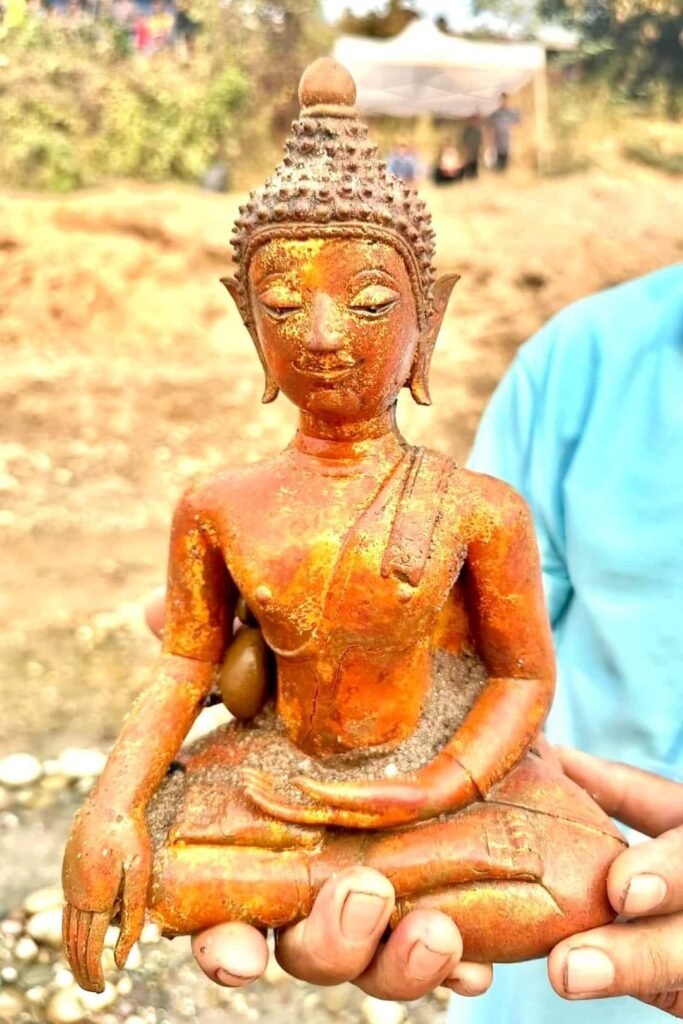









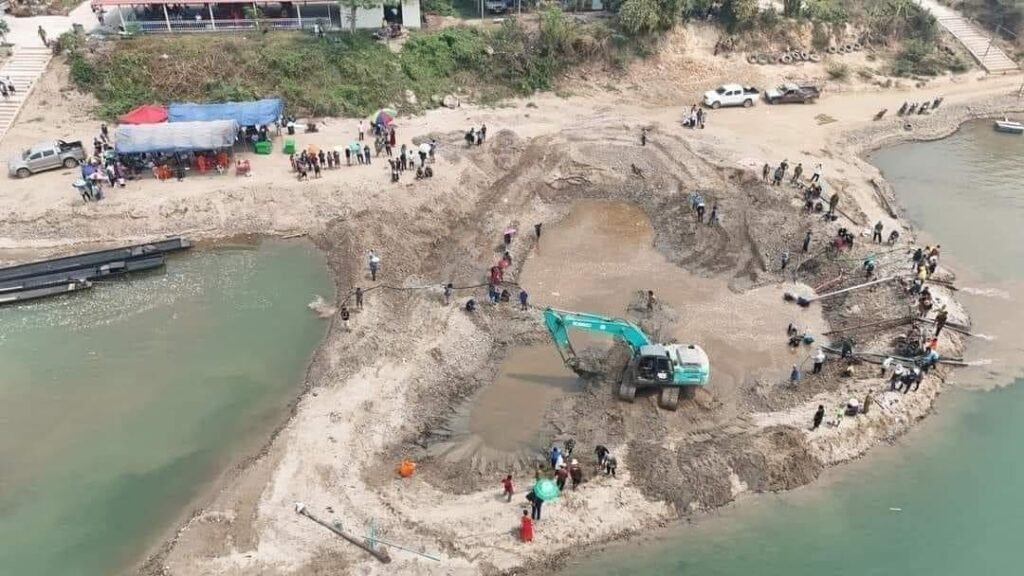
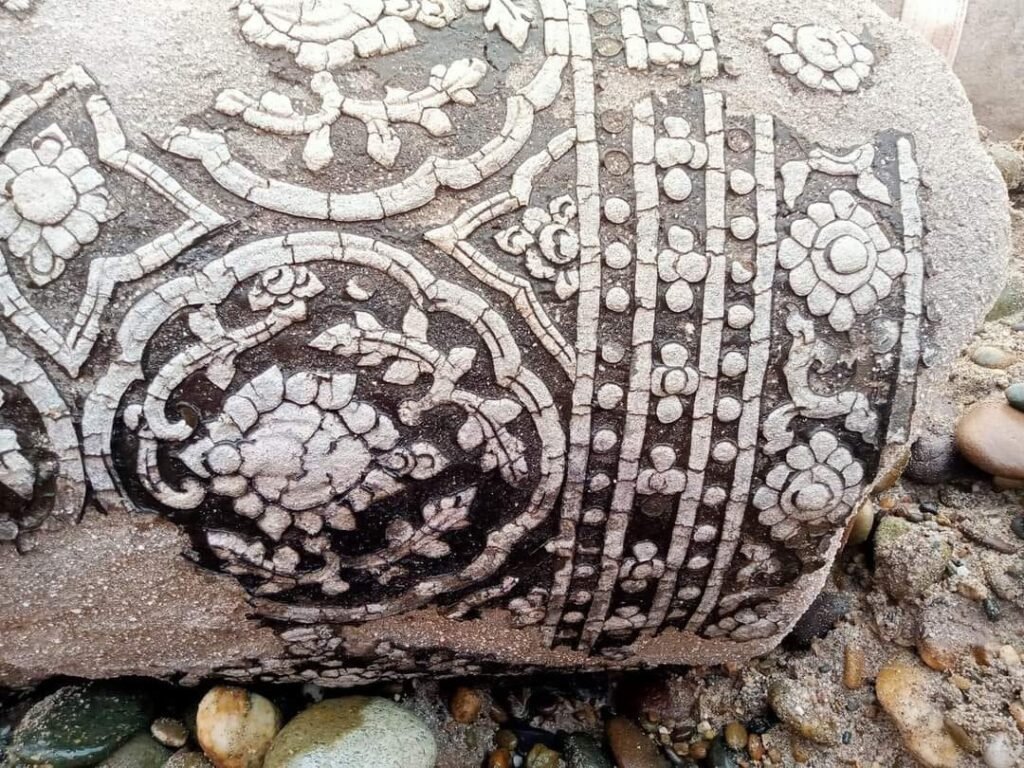
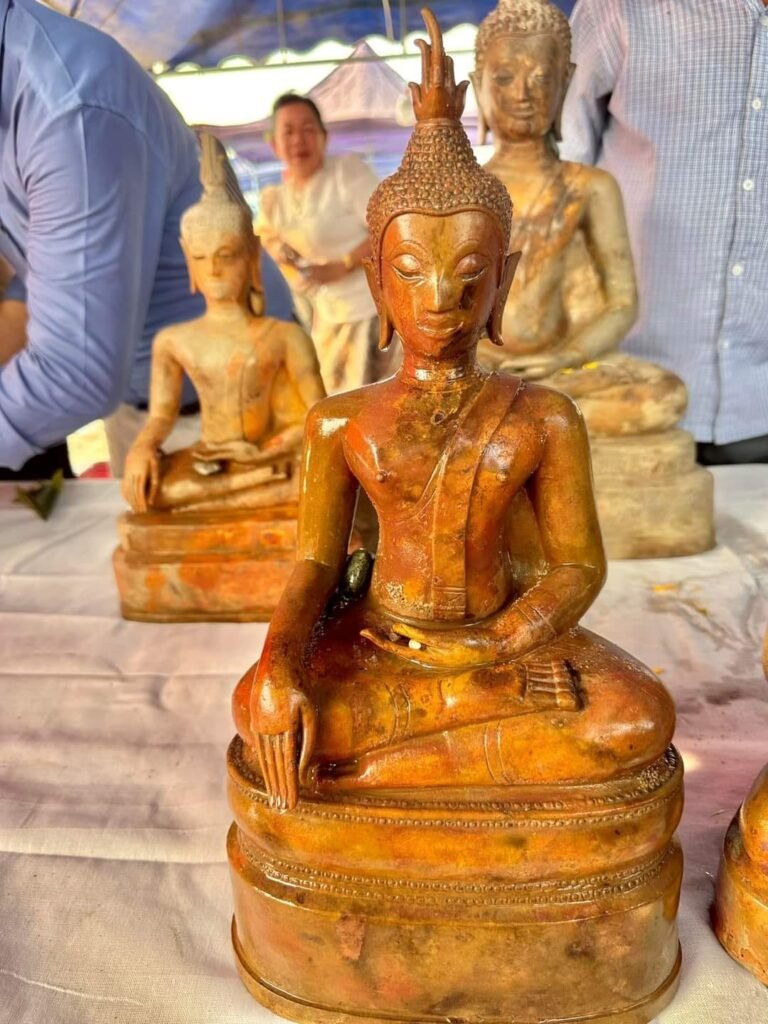
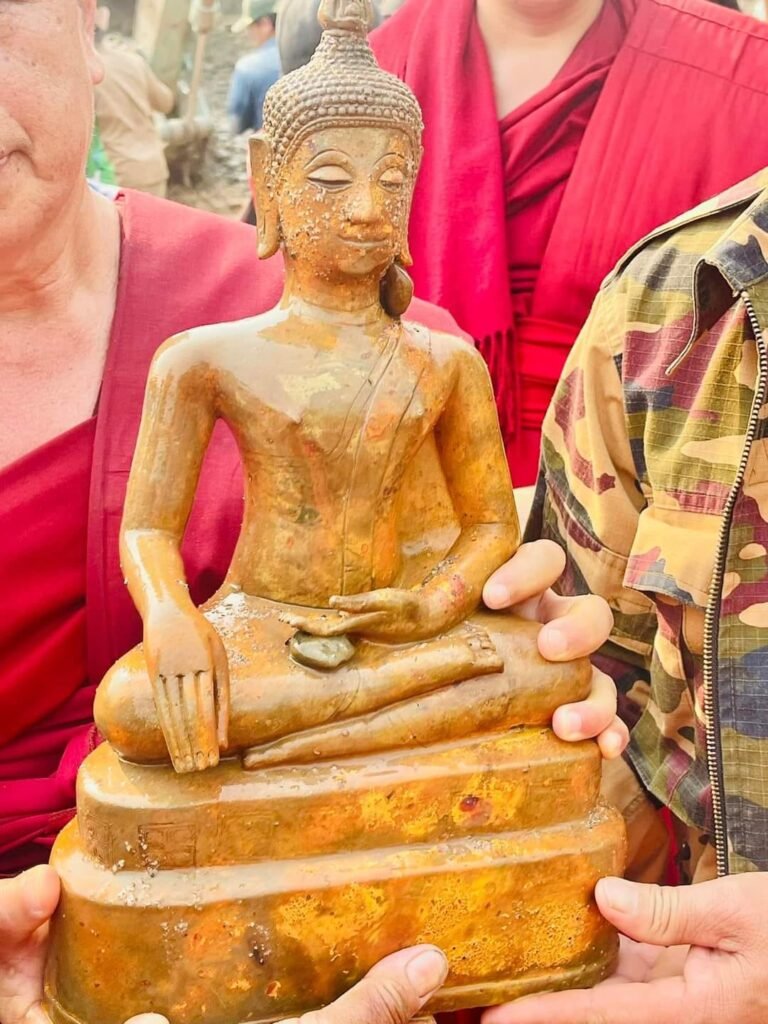


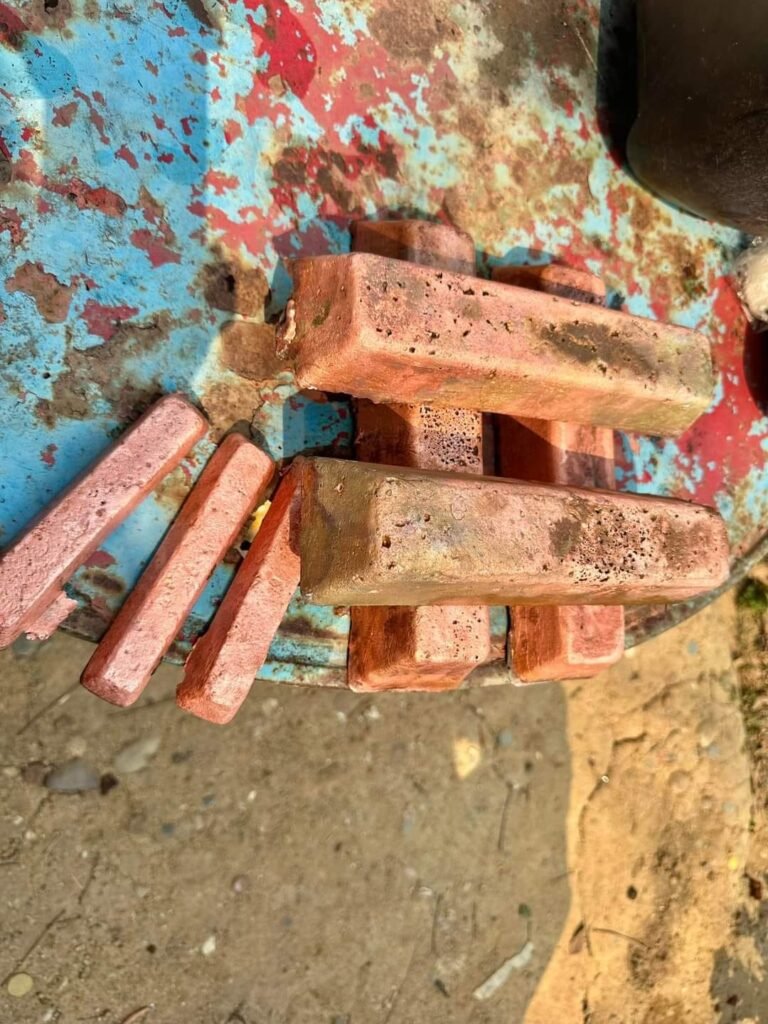
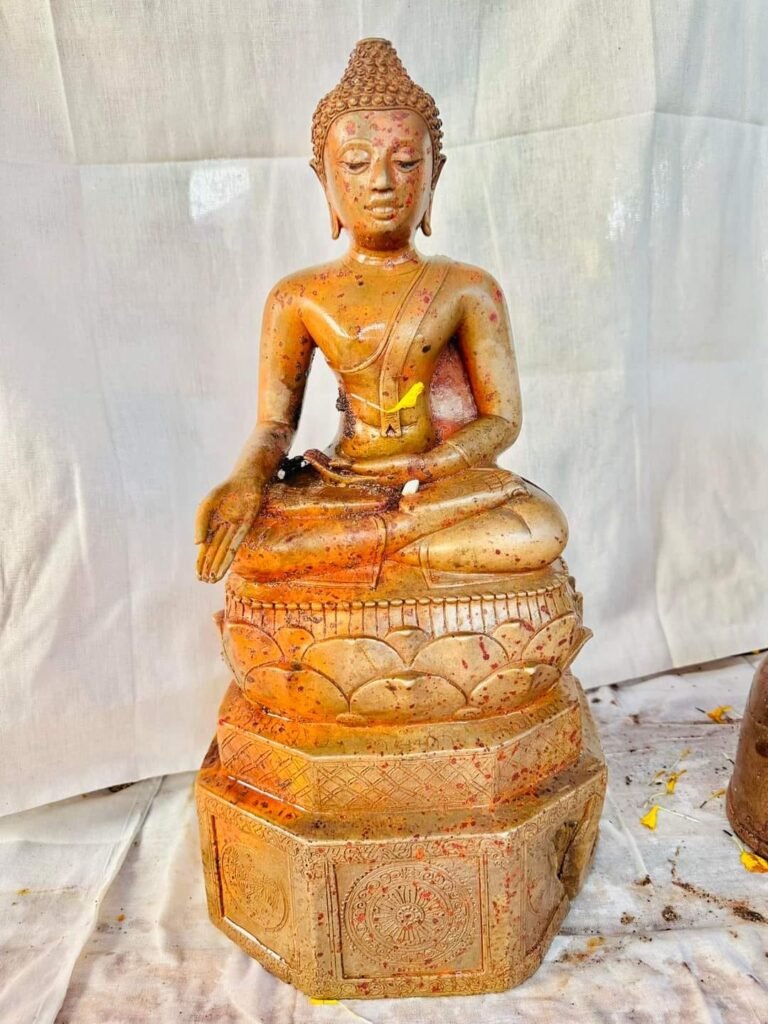

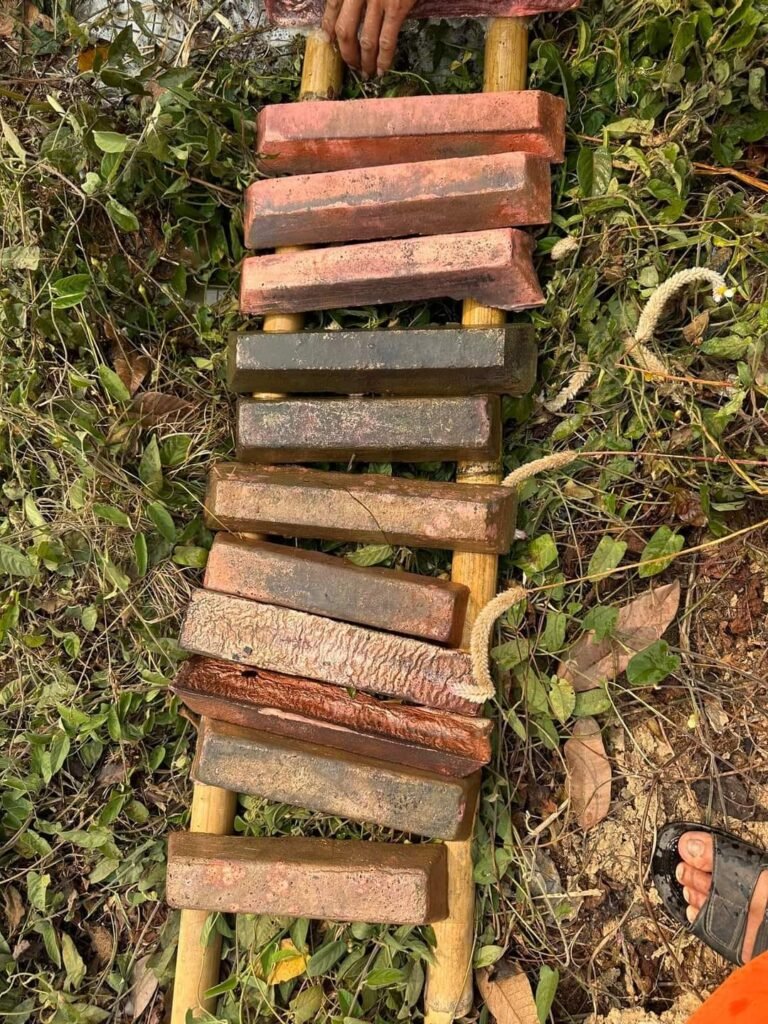
Interesting to travel